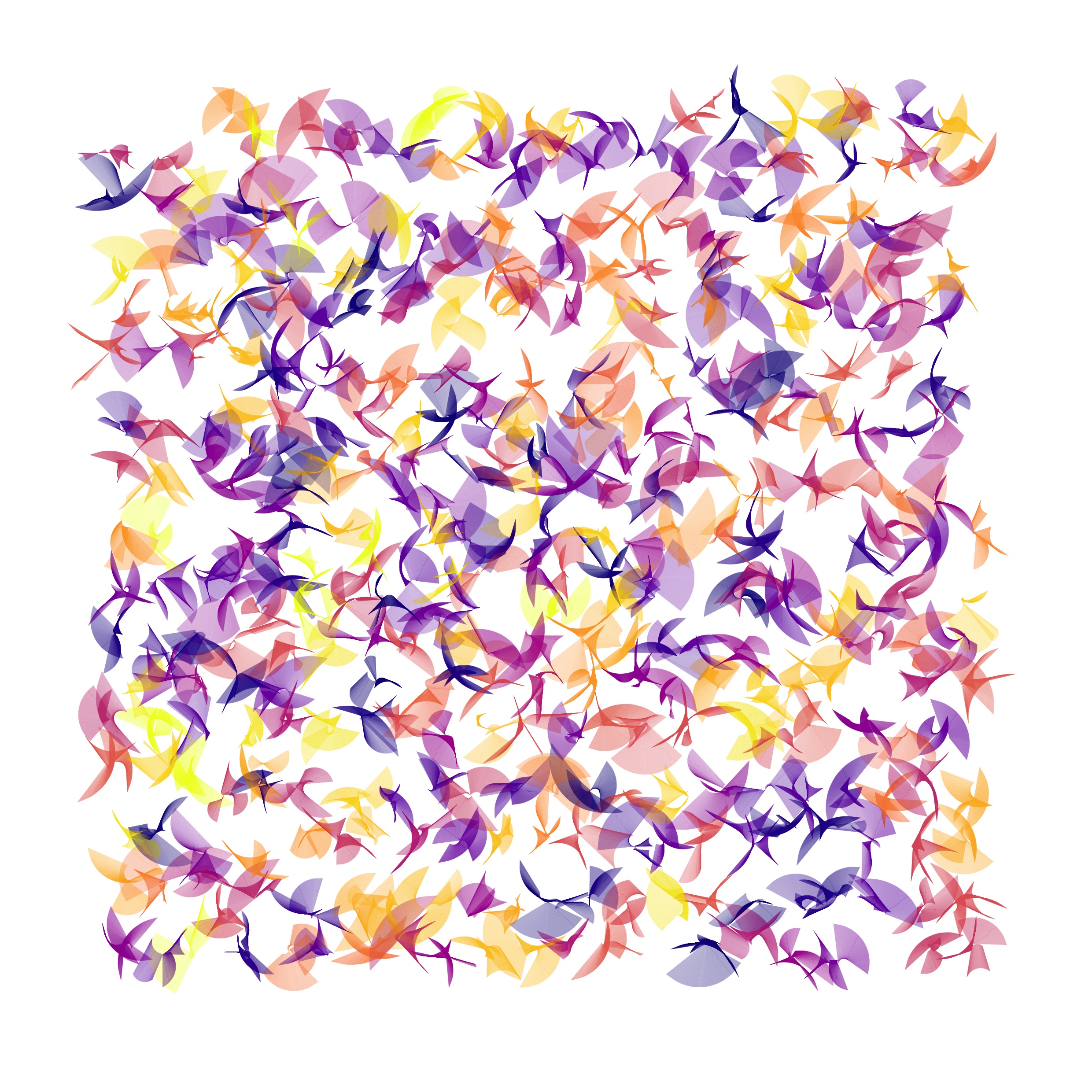The art of maths

The hidden beauty of complex formulas is brought to life in a new exhibition at the University of Melbourne
Published 5 April 2017

The hidden beauty of complex formulas is brought to life in a new exhibition at the University of Melbourne
Published 5 April 2017